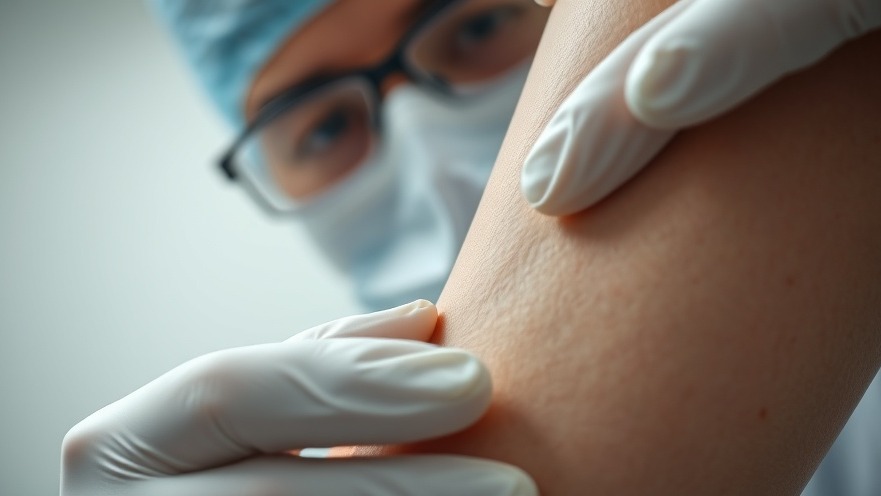
Understanding Lipoedema and Its Impact
Lipoedema is a challenging and often misunderstood condition that predominantly affects women. It is characterized by disproportionate fat accumulation in the thighs, calves, and sometimes the arms, leaving the hands and feet relatively unaffected. For many women, like Sunniva Kwapeng, living with lipoedema means coping with not only physical discomfort but also societal misconceptions about their health.
Sunniva's journey began during her teenage years, when she noticed unusual changes in her body that came with pain and emotional distress. It wasn't until she reached her 40s that she was finally diagnosed with this condition. Her story highlights the long path to understanding and treatment that many women with lipoedema face.
The Diet-Disease Connection
Recent research from the Norwegian University of Science and Technology (NTNU) sheds light on the potential benefits of dietary changes for those suffering from lipoedema. The study compared low-carb diets to traditional low-fat diets and found significant differences in pain levels and weight loss outcomes. It revealed that participants experienced reduced pain when adhering to a low-carb diet, suggesting that dietary management could play a role in alleviating lipoedema symptoms.
While Sunniva has her own dietary preferences, echoing the sentiments of many who grapple with weight loss and lipoedema, it remains critical to recognize that this condition is not just about diet. In fact, the research indicates that lipoedema-related fat is particularly resistant to conventional weight loss methods, making it evident that this condition requires a more nuanced approach to treatment.
Embracing Self-Compassion
One significant aspect of Sunniva's journey is her evolving relationship with her body. Diagnosed later in life, she reflects on how the stigma surrounding lipoedema led her to internalize feelings of inadequacy. "After I was diagnosed, I have become kinder to myself," she shares, emphasizing the importance of self-acceptance in the face of societal pressures that label women with lipoedema as merely 'lazy.'
This reinforces a broader societal need to educate both the public and healthcare professionals about lipoedema. Stereotypes can often exacerbate the pain and isolation felt by those living with the condition, highlighting the urgent need for greater awareness.
The Path Forward: Research and Treatment
While there is no one-size-fits-all treatment for lipoedema, advancements in research are paving the way for better management strategies. Compression garments and dietary changes, as identified in the NTNU study, provide some relief, but healthcare providers are encouraged to explore holistic approaches that consider both the physical and emotional sides of living with this condition.
Moreover, as research continues to unfold, it is essential for women to advocate for themselves and seek out information regarding their health condition. By staying informed about new findings, women can make empowered choices about their treatment plans.
Key Takeaways for Health Enthusiasts
For those interested in health and well-being, the stories of women like Sunniva provide invaluable insights into the importance of compassion in healthcare. Understanding the nuances of conditions such as lipoedema not only fosters empathy but also drives communities to support and uplift one another. Whether through dietary changes, collective advocacy for medical recognition, or simply offering support to those affected, we all have a role to play.
In conclusion, while Sunniva's journey illustrates the challenges faced by those with lipoedema, her experience also serves as a reminder of the importance of research, self-love, and community support in the realm of women's health. This awareness is crucial not only for individual wellness but also for dismantling the harmful stereotypes surrounding various health conditions.
 Add Row
Add Row  Add Element
Add Element 



Write A Comment